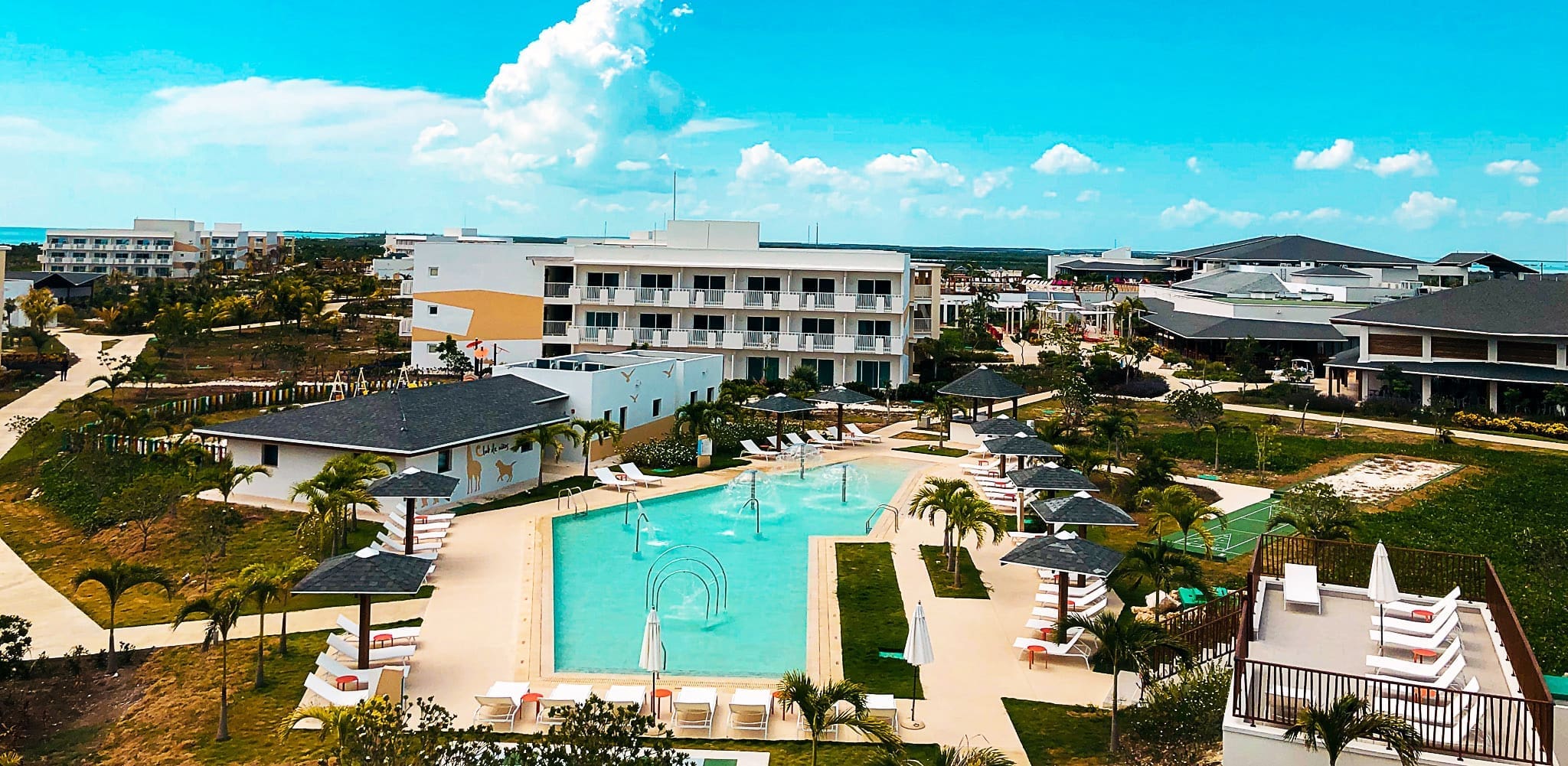What to see and do in Trinidad, Cuba’s open-air museum
Cuba has no shortage of destinations steeped in history, but among the most beautifully preserved (and skillfully restored) is Trinidad, a colonial gem in the province of Sancti Spíritus, near the country’s south-central coast. Founded in 1514 by Spanish conquistador Diego Velázquez de Cuéllar, the town reaped a fortune as a major hub of the sugar trade in the 1800s.
That immense wealth enabled the architectural splendour you still see today, including opulent palaces and estates, plazas and churches. In fact, Trinidad’s cultural importance landed it on UNESCO’s list of World Heritage Sites in 1988, alongside the nearby Valle de los Ingenios (Valley of the Sugar Mills). But the town is also surprisingly tranquil, with cobblestoned streets dominated by low-slung, pastel-coloured traditional houses, and the overall feel of an open-air museum. Here are just a few of the attractions to see in one of Cuba’s prettiest places.
Start in the heart
Trinidad is easily strollable, and the classic spot to begin is Plaza Mayor, the photogenic, neo-Baroque main square. Set in the heart of the historic centre, the manicured park is dotted with royal palms, the national tree. It’s also steps away from most of Trinidad’s most impressive buildings, including the 19th-century Iglesia de la Santísima, one of Cuba’s largest Catholic churches.
See decorative relics
Next to Plaza Mayor, you’ll find a two-storey, yellow-stucco mansion considered by UNESCO to be a prime example of the city’s colonial glory: Palacio Brunet. Built in the early 19th century, it was previously home to the Borrell family, thought to have been Trinidad’s wealthiest. Today, the site houses Museo Romántico, a museum devoted to furnishings and decorative items that once belonged to the town’s affluent class.
Try the signature tipple
The mojito may be Cuba’s most iconic cocktail, but there’s a Trinidad-born drink with an even more legendary history: the canchánchara. A combo of rum, lime juice and honey, it was invented in the 19th century by the mambises (Cuban guerrillas who fought against Spanish rule during the Ten Years’ War), according to local lore. Sample it from a terracotta cup at Trinidad’s most famous taberna, fittingly called La Canchánchara.
Take in the view
Once you’ve explored the antiques at Palacio Cantero’s Museo de Historia Municipal — the Municipal Museum of History, located inside a grand 19th-century palace — climb the staircase to the lookout tower: You’ll be rewarded with a panoramic view of Trinidad, with the Sierra del Escambray mountains in the distance. Another popular lookout can be found in the bell tower of the nearby Convento de San Francisco, a former convent that now houses the Museo Nacional de Lucha Contra Bandidos (National Museum of the Struggle Against Bandits).
Feel the music
Despite its laidback atmosphere by day, Trinidad has an exuberant music scene by night. One of the best spots to revel after dark is Casa de la Música: Head up the stairs beside Iglesia de la Santísima to find locals and tourists alike listening to Cuban bands play the small outdoor stage. Sit back with a cerveza — or get up and salsa if the mood moves you.
Zip to the beach
Just a 15-minute drive from Trinidad is Playa Ancón, considered one of the best beaches on the south coast. Blessed with sun-drenched white sand on a peninsula jutting into peaceful, turquoise waters, it’s the perfect place to do, well, nothing at all.
Learn more at holasunholidays.ca.
As originally published by the Toronto Star.






























